
What’s next for the live events industry?
By Chris Kappes, Exhibition City News
Predicting the future of live events is like predicting the weather—there are sunny optimism and uncertainties. At CEIR’s Forecast Conference, industry leaders gathered to discuss the future of live events as they recover from recent challenges. The event, held last week at MGM National Harbor, brought together insights from economists, futurists, and AI innovators, all of whom agreed that the future is bright, but potential storms are coming.
A resilient industry facing new challenges
The live events industry has shown incredible resilience in the wake of the pandemic. Adam Sacks, president of Tourism Economics, reports that the industry has recovered 91% of pre-pandemic levels in attendance, net square footage, and revenue. Tourism spending has even surpassed 2019 numbers, with air travel up 6%. However, this recovery is not without its concerns. Stagnant U.S. hotel demand and consumer spending outstripping incomes point to a slowdown through 2026-2027.
A key challenge is the bifurcated economic landscape. High-income households have benefited from wage growth, while lower-income households have struggled. This gap is important because the richest 13% of U.S. households contribute 45% of total spending. Despite these risks, business travel is still increasing, indicating strong demand for in-person events.
Global changes and their impacts
Geopolitical risks are reshaping the way companies approach field activities. Dane Chamorro, partner at Control Risk, noted that conflicts in the Middle East, energy struggles with Russia, and technological competition between the United States and China are disrupting supply chains and business strategies. However, these disruptions are also creating new opportunities for countries such as Vietnam, Mexico, and Indonesia that are benefiting from the shift in global trade. Chamorro advises companies to remain vigilant because crises and opportunities are now more intertwined than ever before.
Planning for an uncertain future
Matt Carmichael, senior vice president of Ipsos, stressed the importance of foresight when dealing with the unknown. Major trends such as demographic change, the gig economy, climate change and artificial intelligence are reshaping the industry. The growing influence of artificial intelligence in the workforce has raised concerns about job losses, but Carmichael believes that the labor market is already changing and both employers and employees need to adapt.
Political polarization in the US also poses risks to industries including live events, and Carmichael warned that if not managed carefully, AI could exacerbate social divisions and exacerbate inequality and conflict.
Artificial Intelligence: An Ally, Not a Replacement
The future of AI in live events is a big focus for Predict. Leading AI innovator Noelle Russell describes AI as a tool that complements human creativity, not replaces it. AI excels at handling high-value, low-complexity tasks, freeing workers to focus on more strategic and creative work. However, Russell urges the industry to adopt AI responsibly, ensuring it enhances the experience and doesn’t replace the people who make it special.
The rise of generative AI
Generative AI, which can generate text, images, and videos from massive data sets, is changing industries and will impact live events. Sean Watson of Trend Hunter shared that the global AI market is expected to reach $4.4 billion by 2027, bringing profound changes to the industry. While AI may take over repetitive tasks, human workers will still be needed to exercise creativity and make advanced decisions.
Watson stressed that as the use of AI continues to grow, businesses must remain agile and ready to adapt to the changing nature of work.
Dr. Sam Potolicchio’s take: Navigating the politics of division
Dr. Sam Potolicchio, President of the Global Leadership Prep Forum, offers a thought-provoking look at how the divisive political climate in the U.S. will impact the future of live events. With 73% of voters dissatisfied with the state of the country, Potolicchio believes there will be deep political divisions in the coming years, further complicating corporate decision-making.
He stressed that pivotal moments and charismatic leadership will be crucial in shaping political outcomes. According to Potolicchio, betting markets often provide clearer insights than traditional polls. Current odds (at the time of this article’s publication) show Kamala Harris leading Donald Trump by a narrow margin, and that future elections are likely to feature a divided government — with no one party controlling both the House and Senate.
Potolicchio’s insights highlight the need for live event professionals to stay informed and adaptable. In a politically volatile environment, even small events can have a significant impact, and companies must be prepared to respond quickly to changes in public sentiment.
Looking ahead: mixed forecasts
The Forecast Conference paints a nuanced picture for the future of live events. On one hand, the industry has shown remarkable resilience, recovering 91% of pre-pandemic levels. On the other hand, economic slowdowns, geopolitical shifts and the rise of artificial intelligence present both opportunities and challenges.
Adaptability is key to moving forward. Responsibly embracing technology, keeping up with economic trends, and preparing for political change are essential to success. While there are dark clouds on the horizon, there is also sunshine ahead for those who are prepared.



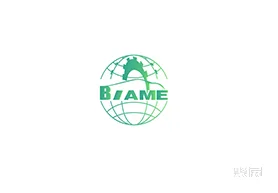
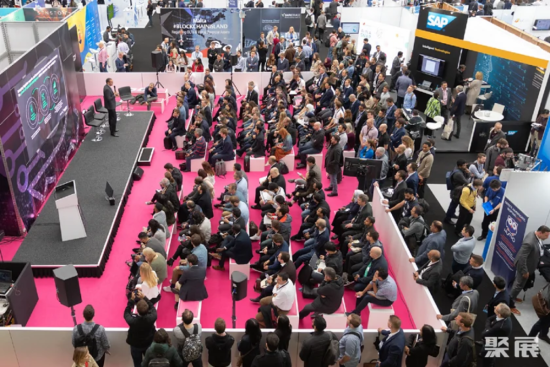

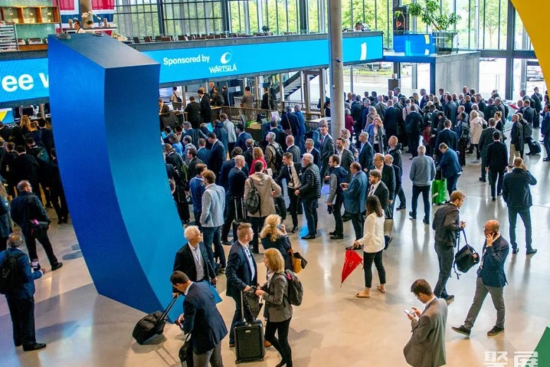
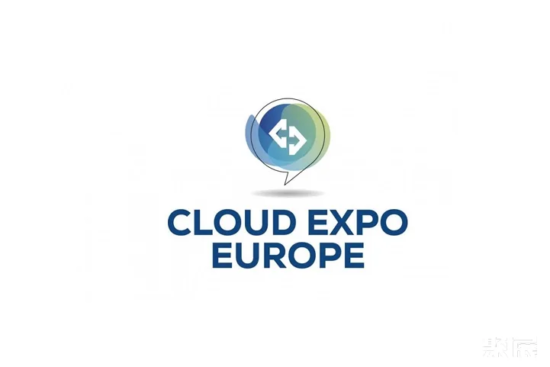
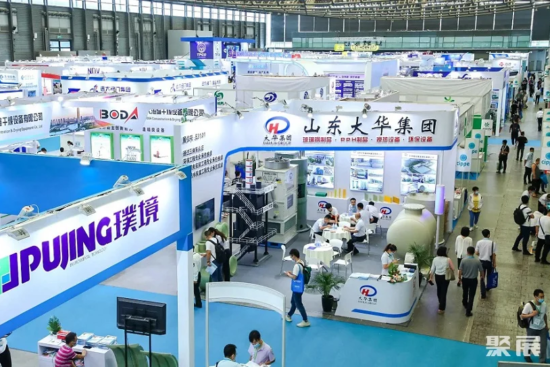
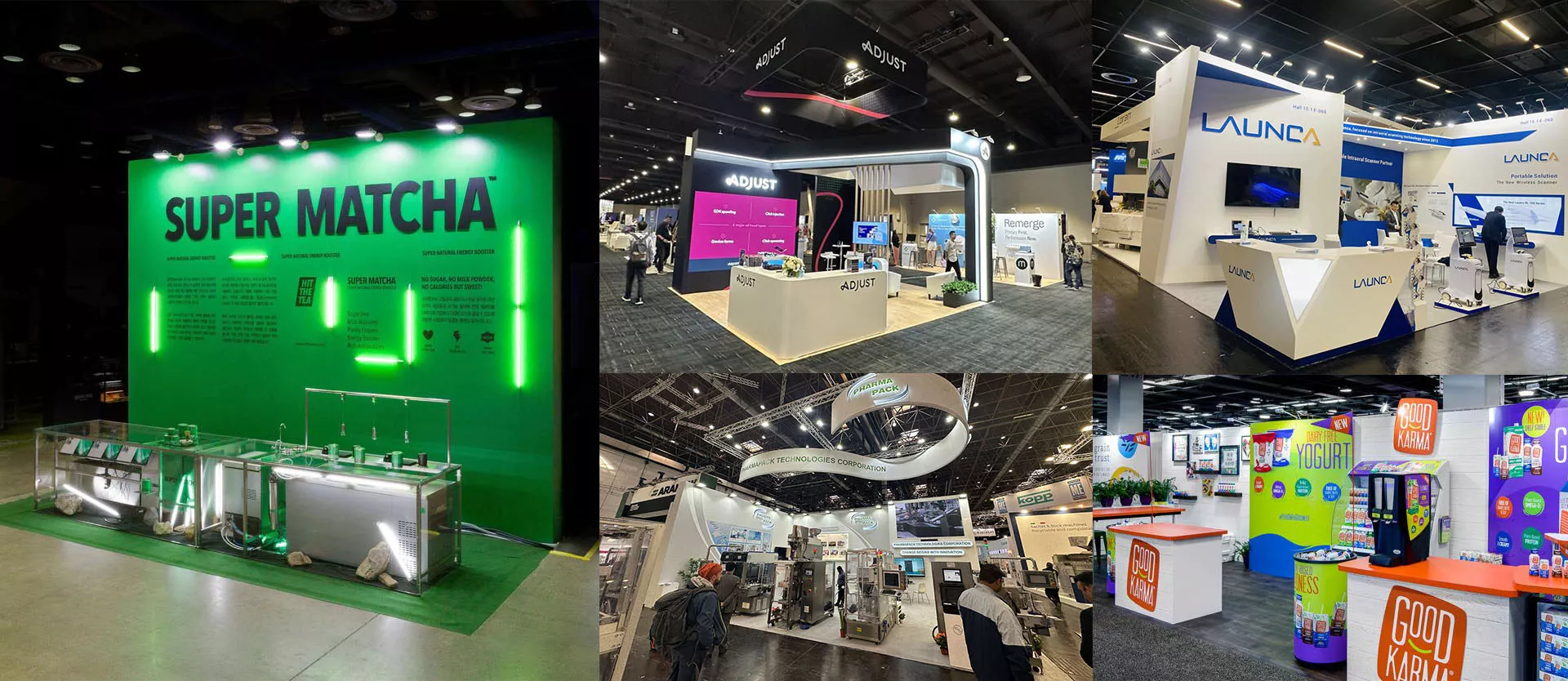

Leave a Reply Cancel reply
You must be logged in to post a comment.